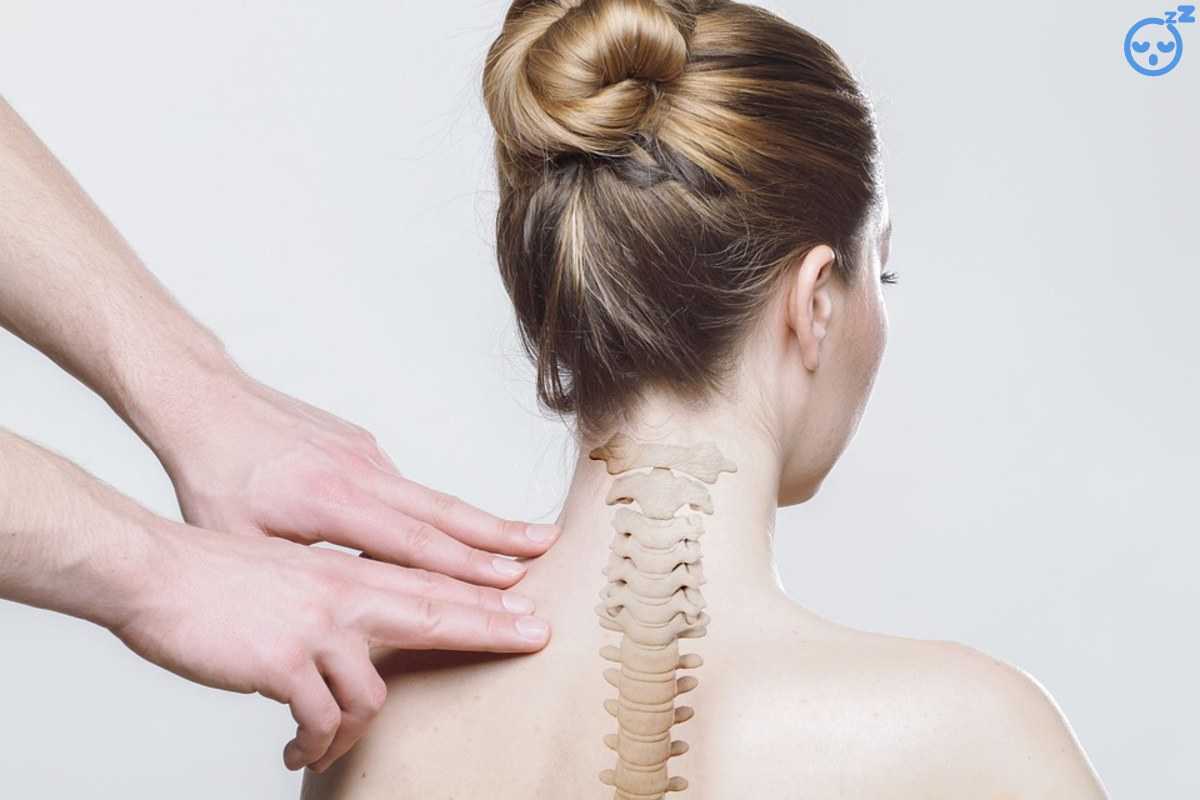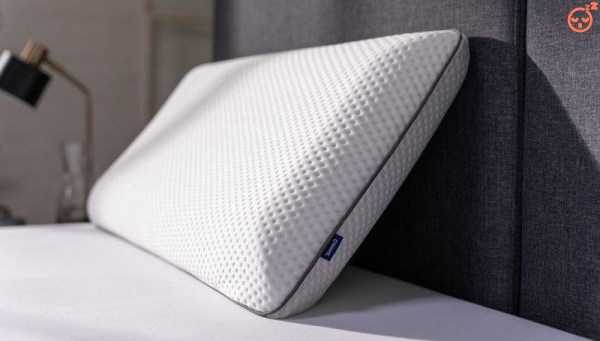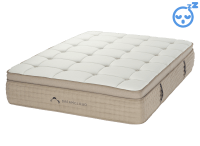Best mattresses for stomach-sleepers, Guide, 2022

There are a variety of types of sleeping positions and forms to consider when considering mattresses and bed accessories. Stomach-sleeping is quite an uncommon sleeping position, being much rarer than those that sleep on their side, so if you’re a stomach-sleeper consider yourself special. 🏅
According to psychologists and sleep experts, the sleeping position can even be an indicator of the personality and behavioral traits of the person sleeping in that way and stomach-sleepers are thought to be quite sociable. However a bad sleep can really bring down your social charm, so mattresses need to be able to keep up with this special sleeping style, so you can sleep this way and still shine bright in your social circles. Stomach sleeping requires special attention to the firmness, pressure relief, weight distribution and contouring capabilities of the mattresses you are thinking of buying.

Why certain mattresses can cause stomach-sleepers problems
This is the position where you are lying on your front. It is approximated that under 10% of people sleep in this way. Although this position reduces the likelihood of experiencing acid reflux which causes heartburn and helps to reduce snoring, since your airways are kept open, it is generally accepted as an unhealthy sleeping position. It is known to cause neck and back strain. This is because when sleeping on the stomach, the torso pushes deeper into the mattress and this creates spinal misalignment with the back becoming curved excessively. Also, the neck can be stressed because when sleeping on the stomach you have to move your head to the side to breathe and this twisted angle also disrupts the neutral alignment of the spine. The discomfort that this can cause can actually last longer than during sleep. It can cause chronic neck and backaches, so it is vital you choose the correct mattress and other bed accessories that will mitigate this problem.
Stomach-sleeping does not mean you are always simply flat out on your stomach in one position throughout the night. There is a variation of stomach-sleeping such as the ‘freefall’ which is where both hands are placed beside either end of the pillow. It is estimated that under 8% of people sleep in the freefall position. There is also the running man and the skydiver position. Each of these variations, however, tends to lead to the same physical problems if the mattress is not suitable.
Suggested mattresses
To address the torso pushing deep into the mattress you must select a mattress that supports the torso must be selected, so the firmness must be considered. If the mattress is too firm it will not allow for your spine to fall into neutral alignment and the curve in the lumbar region will be disturbed, which will result in irritation. If the mattress is too soft, the problem of the torso sinking too deep will only be worsened. The spine will further be misaligned and this can cause more damage than help. Therefore, for stomach-sleepers with an average build, a mattress of medium firmness is recommended. This would be within the 12-14 region on the Indention Force Deflection scale when buying a foam mattress. For people who are heavier than average, a firmer mattress that has an IFD of 16 or above.
Also since the stomach would be generating the most pressure during the sleep and would be the most significant pressure point of the body, a mattress that evenly distributes weight is required. Pocket spring mattresses and memory foam mattresses would be ideal for helping with this because these mattresses have high adaptability. Since the torso will exert higher pressure than other body areas, the mattress will respond with better support in this specific region.
Pocket springs contain sheathed springs that isolate the motion of the coil to the individual components. This means that the springs in the torso region will experience greater compression than other parts. The mattress won’t sink at this point, but the compressed springs will absorb the external force and maintain the correct level of support to keep the spine in check.

A mattress with correct pressure relief and support to benefit stomach-sleepers would be the Dreamcloud Luxury hybrid which will stop the stomach from sinking into the mattress.
Memory foam mattresses that have high viscoelasticity will shape to the indentation that you create, so as the stomach will press further, the memory foam will behave in response to this by compressing, but not allowing the stomach to sink in as long as the IFD is at the suitable level.
Mattresses with high-viscoelasticity will have a high compression modulus. To learn about what this is and how it can affect the quality of a mattress check out the link. This means the mattress will respond quickly to pressure exertion, so the foam will find the right support for you before you can experience any discomfort that stomach-sleeping can sometimes bring.
Since both pocket springs and memory foam mattresses would be great for sleeping on your stomach, it is reasonable to think that putting them together would be just what you’re looking for. Hybrid mattresses combine the similar qualities of springs with memory foam. To fully optimize your experience it is recommended to go for a hybrid with a pocket spring core support structure that has memory foam, latex or gel in the comfort or transition layers. This will create a balance between the springiness of the coils and the soft padding of the comfort layer materials.
Pillows for stomach-sleepers

Choosing the correct pillow can have a huge effect on you if you sleep on your stomach too. It is recommended that you choose a pillow that is quite low or is soft enough for your head to sink in. When considering the height of your pillow, you should go for one that is of ‘low-loft’. This is considered to have a height of 3 inches or less. Medium or high lofts which can reach beyond 6 inches can bend your head backward if they are too firm which will bend your spine to a damaging position and cause long-term harm. That is why it is advisable that if you want a hugging pillow, a medium or high-loft which is very plush should be fine. This plushness would allow you to fall into the pillow and keep your spine in neutral alignment. Feather or down, which will mold to your head shape, are recommended to achieve this.
Another way to use a pillow to help stomach-sleepers be comfortable is to place it under the pelvis. This will elevate the torso up enough to keep the back lined up well with the neck and will prevent either the neck or back from being unnecessarily strained. The Emma original pillow is suggested for this.
Whether you are a free-flighter, a running-man, or a skydiver, in the bed, of course, you shouldn’t feel you are cursed to never finding a mattress that will fit you. Yes, your options might be very limited, but as we’ve shown, there are numerous types of mattresses and sleeping decisions that can deliver the dream sleep that you are looking for. This isn’t a small matter, so you shouldn’t treat it as such. Stomach sleeping can cause real damage to your back and neck which can carry over to your day-to-day life if you have the wrong mattress or pillow, so hopefully, the explanations and suggestions above have given you food for thought and fuel for your very sweet dreams.
Get the sleep you deserve with our mattress and sleeping product reviews.
© Undercover Mattress 2022






